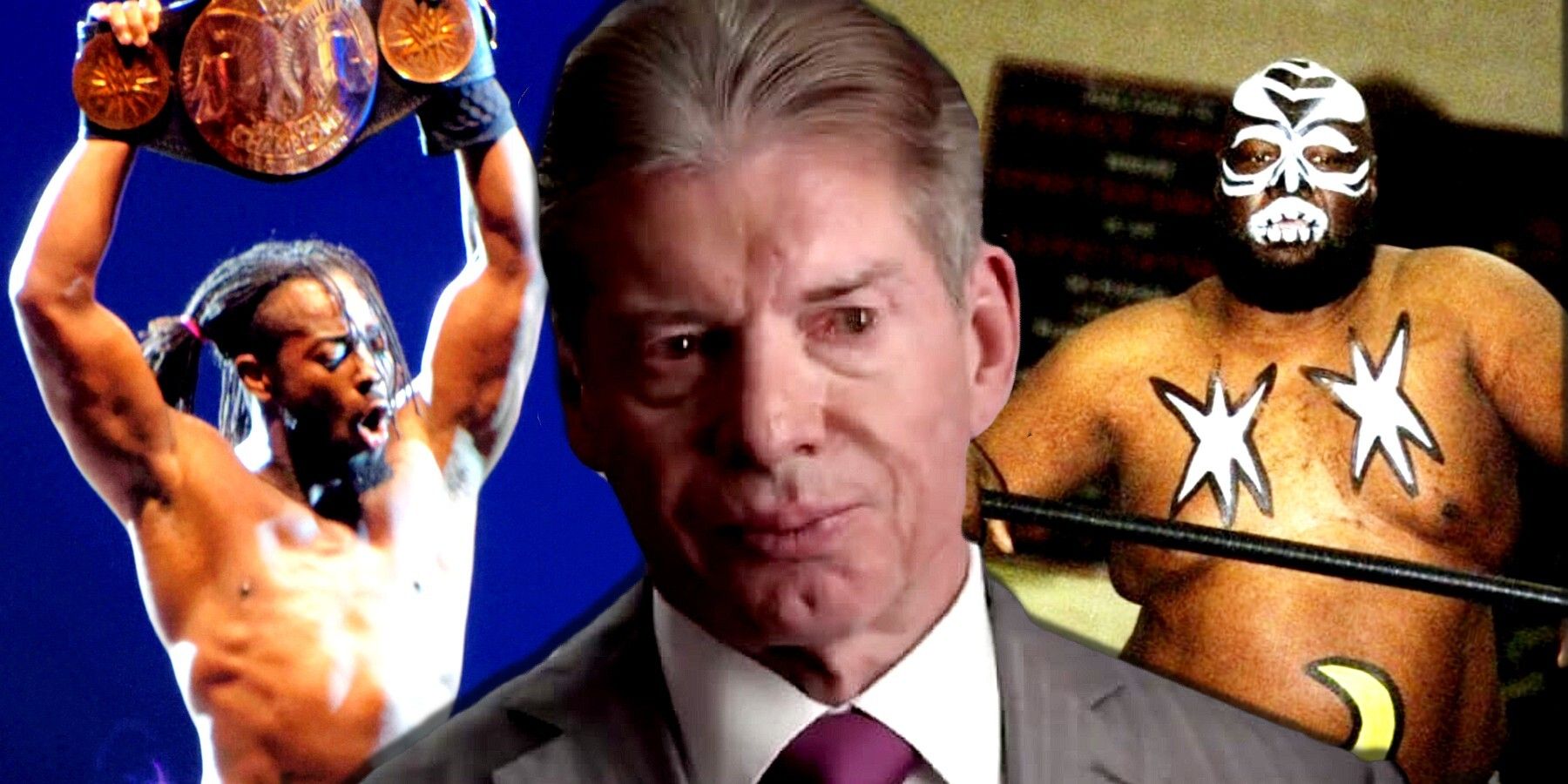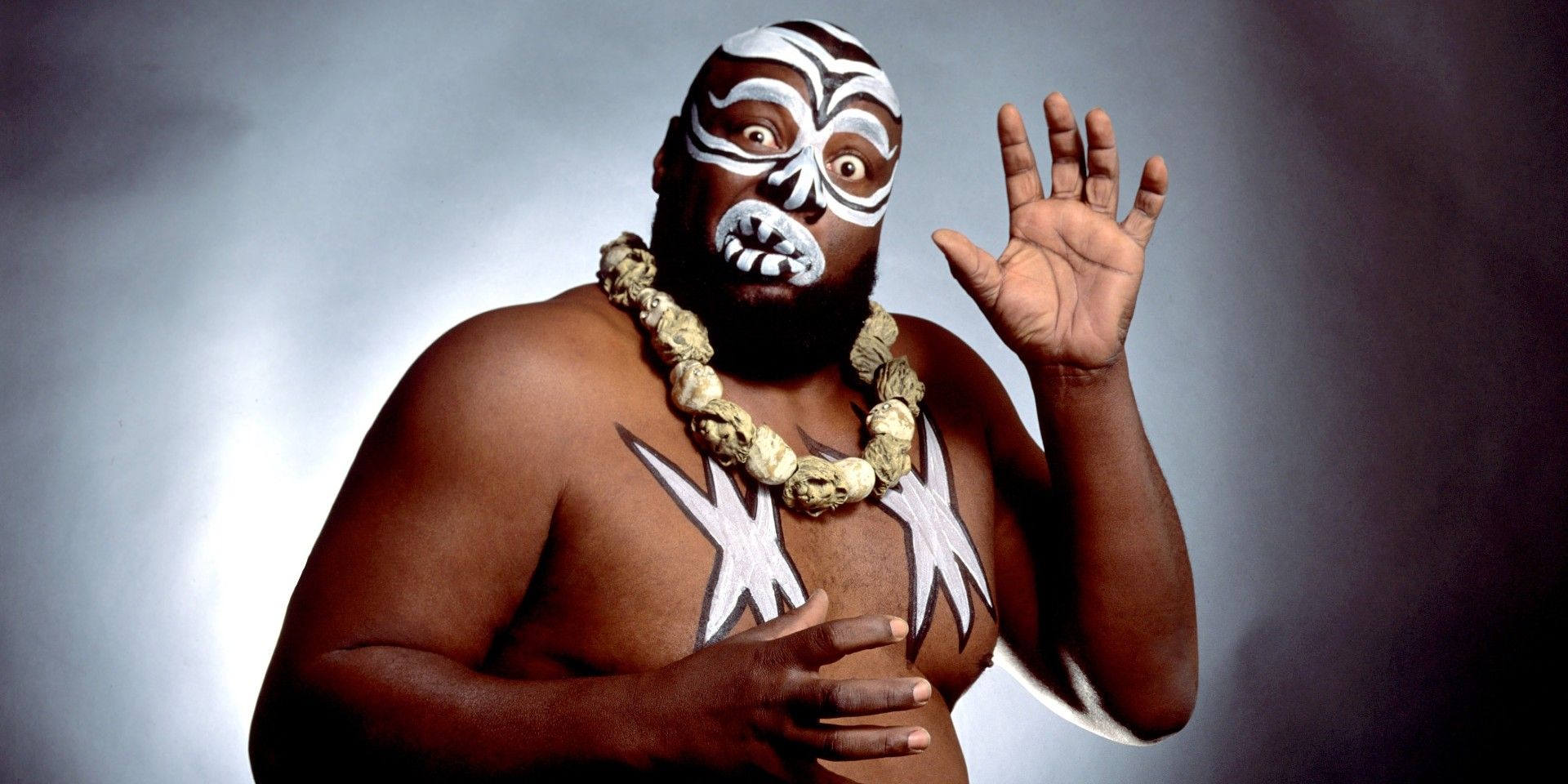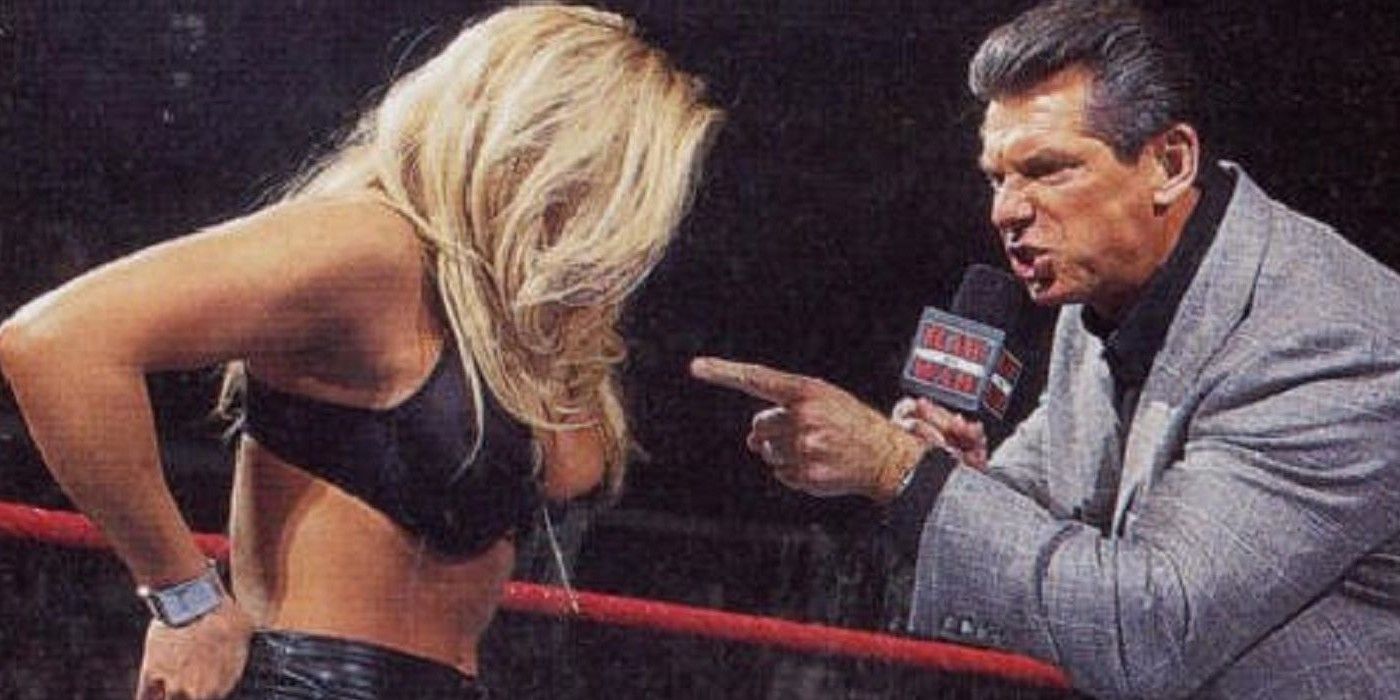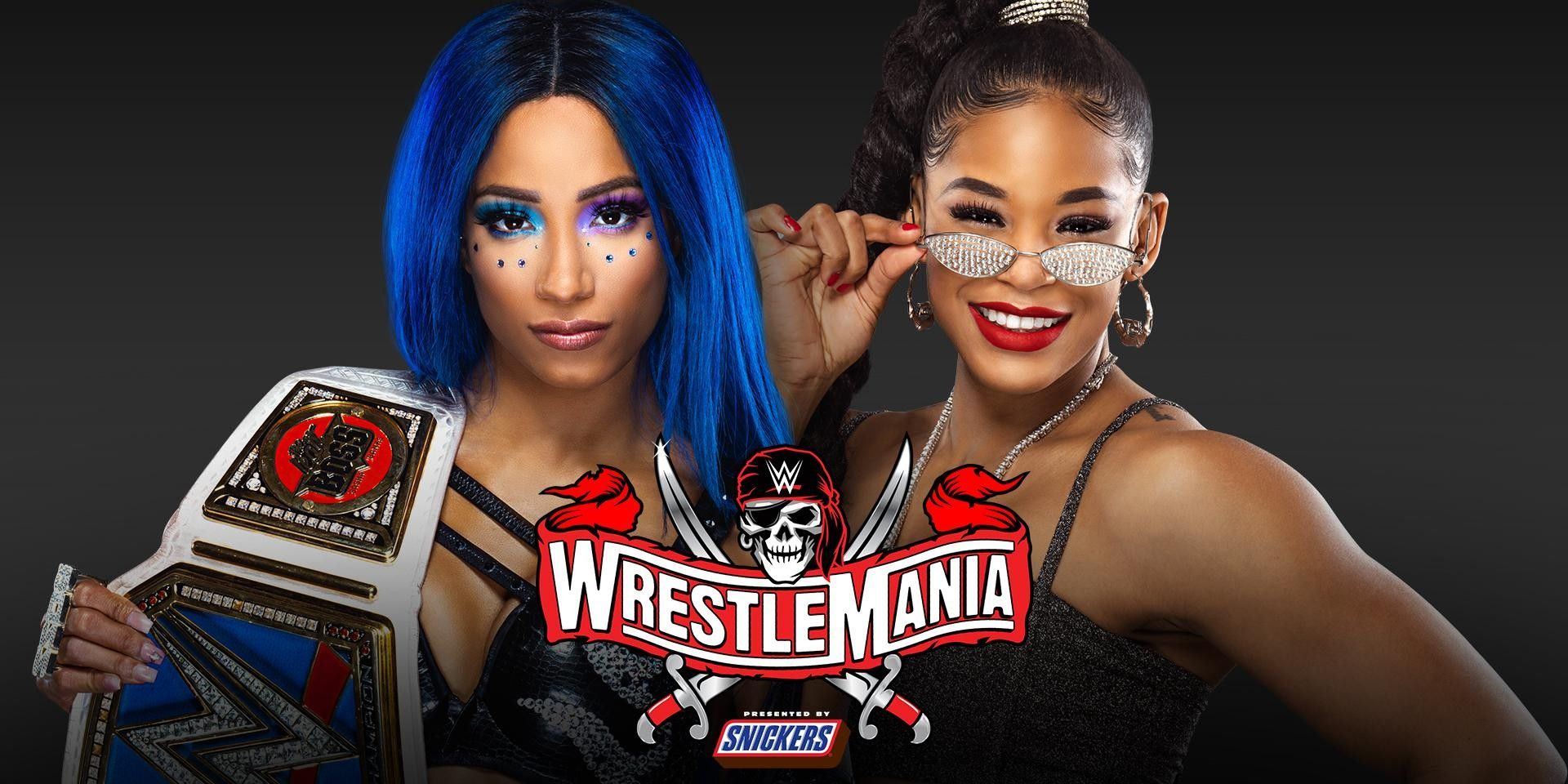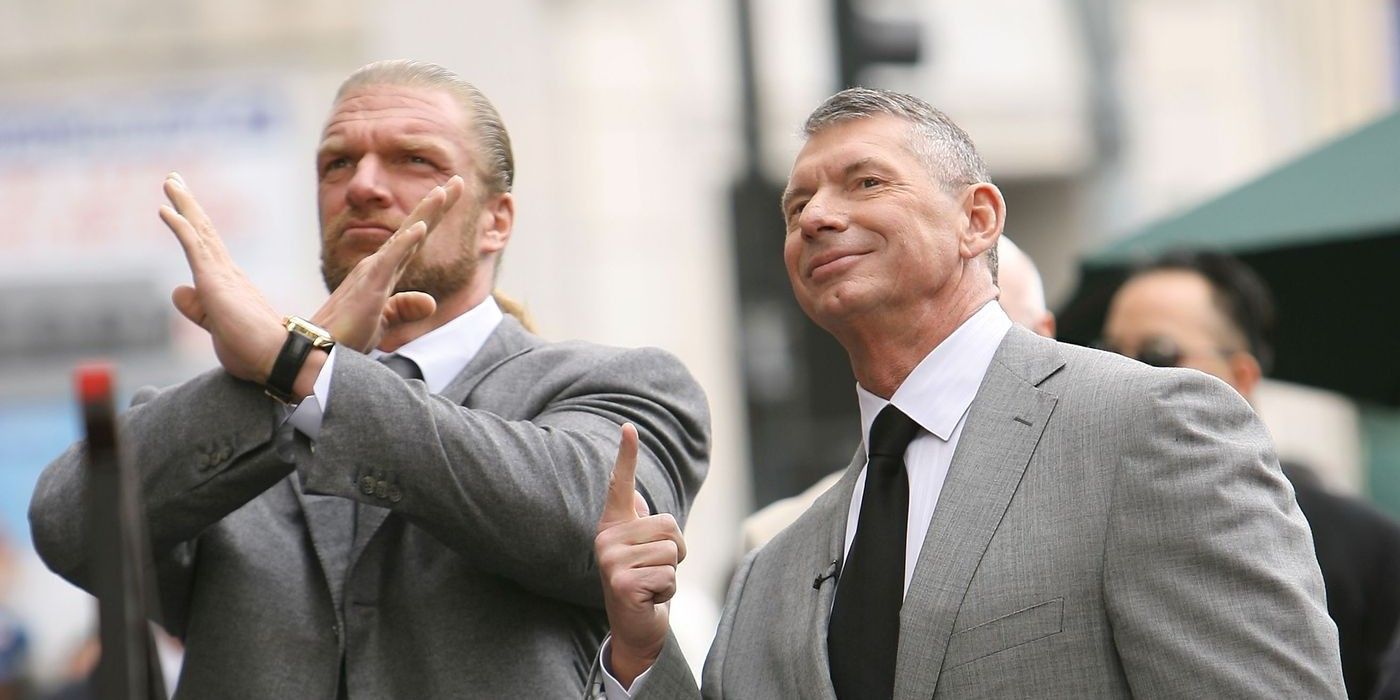Peacock has removed two controversial segments from WWE’s back catalog, sparking debate among fans about what the move means for the future of WWE Network. In early 2021, WWE sold its network streaming service to Peacock, and it appears that the latter intends to wipe from the archives any segments that may be offensive by today’s standards.
The two segments in question are, to be fair, pretty indefensible. The first was from the ‘80s, and featured WWE legend “Rowdy” Roddy Piper in blackface while cutting a promo. The other took place in the mid-‘00s, and featured WWE owner Vince McMahon greeting John Cena with a Black racial slur as part of a comedy segment. It could be argued that, even situated in their respective eras, these segments should not have been presented on TV.
Yet, they were written, reviewed by the company, and intentionally put on air. That fact matters, and it is one that risks being erased by both companies if they continue down the path of removing controversial footage. Peacock may have just ventured down a rabbit hole with WWE, and their findings may run far deeper than the above two segments.
WWE’s Controversial History Explained
Peacock’s removal of offensive content is particularly troubling because of just how much controversial content exists in WWE history. Put simply, there is a wealth of damning segments, matches, and wrestlers in WWE’s archives that are hard to stomach today. Long-time fans know that the promotion lags about a decade behind other forms of media when it comes to humanizing marginalized identities.
As far as race is concerned, WWE has historically given BIPOC wrestlers gimmicks consistent with the stereotypes of their racial or ethnic backgrounds. Kamala, who passed away in 2020, was a Black man whose gimmick saw him in “African” face paint gallivanting around the ring while grunting. He never spoke in coherent sentences, and his character was meant to be both feared and laughed at. Umaga, also deceased, had the gimmick of a barbaric Samoan monster. Despite belonging to the Anoa’I family, with relation to the likes of Dwayne "The Rock" Johnson, Umaga was still reduced to a stereotype.
There was also Yamaguchi San, who was a maniacal, yet comedic Asian wrestling figure whose best-known segment was one where he told an opponent he would “choppy choppy [their] pee-pee” with a samurai sword. There were the Mexicools, who were a stable of three Mexican wrestlers that mowed lawns and generally embraced stereotypical “cholo” culture. But perhaps the most overtly racist gimmick for its time was Muhammad Hassan, a Muslim “terrorist” active in the midst of the Iraq War, played in brownface by a wrestler who was Italian-American.
In terms of gender, WWE has been more self-aware to the public about their egregious treatment of women on their programming over the years. In fact, they’ve launched entire branding around the tonal shift the women’s division has undergone since 2015: the Women’s Evolution. But their approach to women’s wrestling is still imperfect, and many of their current failings are reminiscent of past treatment toward women in the company.
To start, women’s matches historically have not been given the same time as men’s matches. A well-known joke among wrestling fans at shows was that the women’s matches were the obligatory “bathroom breaks” at live shows, because of their short length and how little fans cared about them. WWE didn’t invest in developing interesting female characters, and especially in the Attitude Era of the late 90s, women were treated as objects. They were attractive valets for the male wrestlers, or they engaged in catfight-like matches that lasted less than five minutes. They competed in bra-and-panties matches, bikini and lingerie contests, and usually wrestled in skimpy, revealing outfits. Trish Status, largely considered an icon in terms of female wrestlers in WWE, once had to bark like a dog on all-fours at the command of Vince McMahon. Generally, women served as eye candy for the target wrestling demographic: straight white men.
Lastly, in terms of sexuality, LGBT wrestlers have basically been nonexistent. Only in the last few years has WWE had LGBT wrestlers on contract, and they can be counted on one hand.
Why It Matters That WWE Are Removing Controversial Content
The removing of racist and other insensitive content matters because it removes crucial historical context for today’s content. Giving credit where it’s due, WWE has come a long way in the last five years when it comes to pushing BIPOC and female talent. At the same time, remembering the oppressive narratives the company promoted in the distant (and even recent) past can fill gaps in understanding of the more covert forms of oppression that exist in the promotion today.
For example, Kofi Kingston’s 2019 WWE Title win was significant because he was only the second Black — and first African-born— wrestler to ever win the WWE Title. His win came 21 years after the first Black wrestler to win the WWE Title, The Rock. Naomi, a Black woman, was on the roster for nearly a decade before she won her first singles title in the company. And this year’s WrestleMania features the first women’s title match contested exclusively between two Black women: Sasha Banks and Bianca Belair. If WWE begins erasing the physical evidence of their racist segments, future fans will lose the continuity between the errors of the past and shortcomings of the present. Knowing the history, it is unsurprising that WWE in many ways still doesn’t give Black wrestlers the same opportunities as white ones when one considers that WWE as a company featured its own CEO saying an anti-Black slur for entertainment. But it might be surprising if you didn’t know that such a segment ever existed.
Thus, the choice to begin removing segments is alarming because there’s no telling how far the censorship will go, particularly when there are so many offensive options to choose from.
What WWE Should Do Instead Of Removing Content
Rather than removing the content, Peacock could add content warnings to the beginning of episodes, pay-per-views, and segments that contain offensive content. Other streaming services like Disney+ have taken to this method with various dated films in their catalog. This tactic would communicate with fans WWE’s present-day awareness of how harmful older clips were, while still keeping history intact.
The WWE Network has been an amazing point of historical reference since its inception. History is made up of triumphs and transgressions. Removing historical artifacts because they make the public uncomfortable doesn’t bring us closer to understanding how the past affects us today. While this move by WWE and Peacock seems on the surface to protect the integrity of the companies, it actually accomplishes the opposite.

